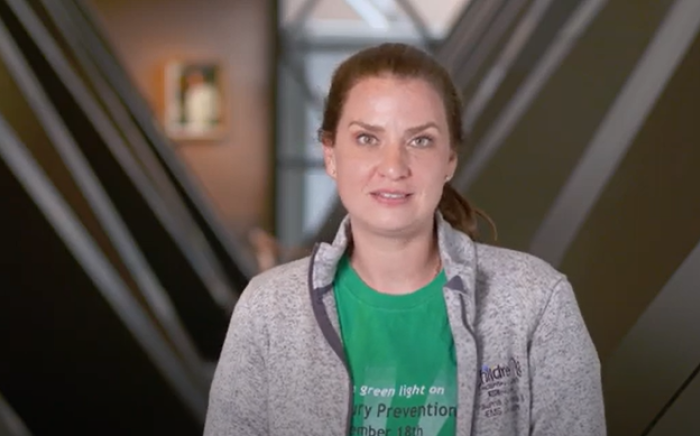Overview
A stye is an inflammation or infection of the eyelid margin. This condition is also called a hordeolum.
Causes
A stye is caused by an infection in the oil-producing (sebaceous) or sweat glands in the eyelid. The infection is often caused by bacteria called Staphylococcus aureus.
Risk Factors
Styes are more common in children than adults. The following things may increase your child’s risk:
- A history of styes
- A skin issue called seborrheic dermatitis
- Diabetes
Symptoms
Symptoms can happen a bit differently in each child. The can include:
- Swelling of the eyelid
- Redness at the edge of the eyelid
- Pain over the affected area (localized pain)
- Tenderness
- Drainage of yellow fluid
The symptoms of a stye may be similar to symptoms of other conditions. Make sure your child sees his or her healthcare provider for a diagnosis.
Diagnosis
Your child’s healthcare provider will ask you about your child’s health history. He or she will also give your child an exam.
Treatment
Treatment will depend on your child’s symptoms, age, and general health. It will also depend on how severe the condition is.
Your child’s treatment may include:
- Putting warm, wet compresses on your child's eye. You may need to do this several times a day for 15 minutes at a time.
- Telling your child not to squeeze or rub the stye.
- Having your child wash his or her hands often.
- Having your child wash his or her face each day. Your child should also wash the eye.
- Telling your child not to wear makeup until the eye heals.
- Putting antibiotic ointment on the eye. If your child’s healthcare provider prescribes this medicine, it won’t make the stye go away faster. It will keep the infection from spreading to other parts of the eye.
Complications
Sometimes, a serious infection can form with a stye. This is called cellulitis. If this happens, your child will need to take oral antibiotics by mouth. Your child’s healthcare provider may prescribe erythromycin or dicloxacillin.
Key Points
- A stye is an inflammation or infection of the eyelid margin.
- Styes happen more often in children than adults.
- Treatment may include putting warm, wet compresses on your child's eye. You may need to do this several times a day for 15 minutes at a time.
- Sometimes, a serious infection can form with a stye. This is called cellulitis. If this happens, your child will need to take oral antibiotics.
Next Steps
Tips to help you get the most from a visit to your child’s healthcare provider:
- Know the reason for the visit and what you want to happen.
- Before your visit, write down questions you want answered.
- At the visit, write down the name of a new diagnosis, and any new medicines, treatments, or tests. Also write down any new instructions your provider gives you for your child.
- Know why a new medicine or treatment is prescribed and how it will help your child. Also know what the side effects are.
- Ask if your child’s condition can be treated in other ways.
- Know why a test or procedure is recommended and what the results could mean.
- Know what to expect if your child does not take the medicine or have the test or procedure.
- If your child has a follow-up appointment, write down the date, time, and purpose for that visit.
- Know how you can contact your child’s provider after office hours. This is important if your child becomes ill and you have questions or need advice.












